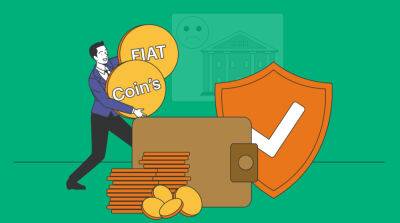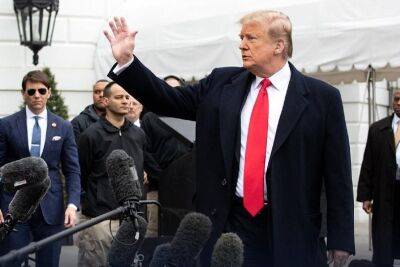‘World of pain’? These ETF strategies may be the solution for Treasury trading challenges
In this article
As short maturity Treasury bond ETFs see big inflows, more investors are taking on single-bond strategies as a solution to macroeconomic challenges.
Buying Treasury bonds typically involves opening an account on TreasuryDirect or through brokerage firms like Charles Schwab. But Dave Nadig, financial futurist at VettaFi, said this can often be complicated.
«It's not the case that you can just simply click a button, get the exposure of the headline rate that you're reading in The Wall Street Journal or seeing on CNBC,» Nadig told Bob Pisani on CNBC's "ETF Edge" on Monday. "[And if] you want to do something like rebalance on the 15th of the month, now you got a whole 'nother world of pain."
TreasuryDirect and brokerage firms list all of the CUSIPs, which identify financial instruments, currently at auction. Nadig noted these can include a range of products from the last on-the-run zero-coupon bond published last month to a 15-year note that is now expiring.
Dealing with this large number of products makes investors more prone to error when trying to do rebalances or allocations of individual dollar amounts, he said.
«All of those things make it inconvenient and often more expensive than just buying a 15 to 20 basis point ETF that's going to do it for you,» Nadig added.
When seeking to invest in short-term Treasury bonds, Nadig advised looking for ETF products like this or a competitor's ETF products that offer similar kinds of exposure.
On Friday, the 2 Year Treasury (US2Y) yield fell by more than 4 basis points to 4.86%, but returns have still increased 43 basis points this year. The 6 Month Treasury (US6M) currently holds the highest yield at 5.137% as of Friday's close.
F/m Investments — a $4 billion
Read more on cnbc.com














![What is driving Trader Joe’s [JOE] recent surge in DEX trading volume? - ambcrypto.com](https://finance-news.co/storage/thumbs_400/img/2023/4/2/62551_qsdez.jpg)





![Ripple [XRP] falls to psychological support level: Can bulls step up soon - ambcrypto.com](https://finance-news.co/storage/thumbs_400/img/2023/4/1/62544_g2qq.jpg)
